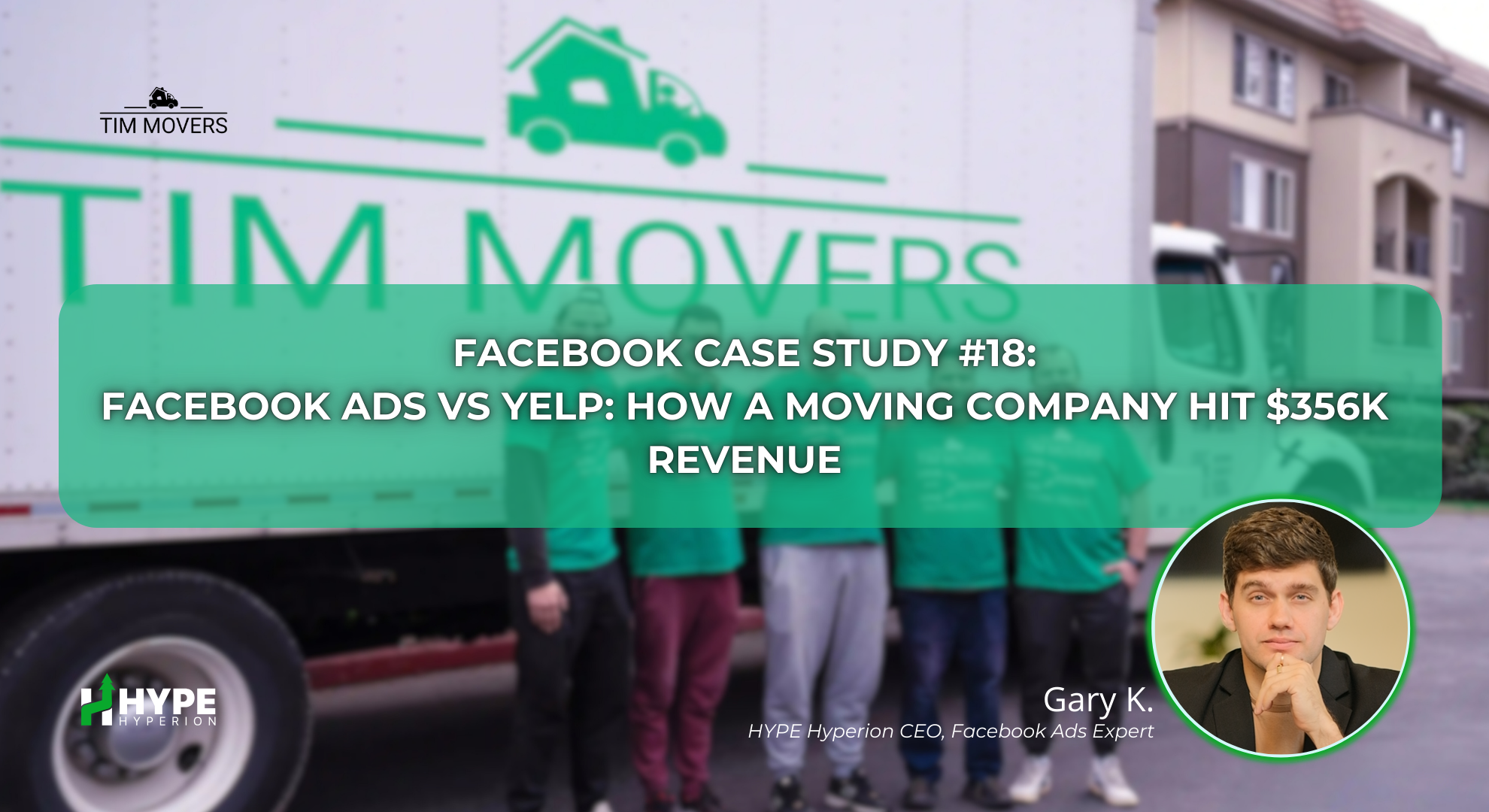In 2024, predictive analytics is revolutionizing the marketing landscape. By leveraging data-driven insights, businesses can anticipate customer needs, personalize their strategies, and achieve remarkable results. This article delves into the power of predictive analytics in marketing, exploring its benefits, applications, and how to implement it effectively.
Understanding Predictive Analytics
What is Predictive Analytics?
Predictive analytics involves using historical data, machine learning algorithms, and statistical models to predict future outcomes. In marketing, it helps businesses forecast customer behavior, identify trends, and make informed decisions to optimize their campaigns.
Benefits of Predictive Analytics in Marketing
- Enhanced Personalization: Predictive analytics enables marketers to create highly personalized experiences for customers by anticipating their preferences and behaviors.
- Improved Customer Retention: By identifying patterns in customer behavior, businesses can proactively address issues and improve retention rates.
- Optimized Campaigns: Predictive analytics helps in fine-tuning marketing campaigns, ensuring resources are allocated effectively for maximum impact.
- Increased ROI: By targeting the right audience with personalized messages, businesses can achieve higher conversion rates and return on investment.
Key Applications of Predictive Analytics in Marketing
Customer Segmentation
Predictive analytics allows businesses to segment their audience based on various factors such as demographics, behavior, and purchase history. This segmentation enables marketers to tailor their campaigns to specific groups, increasing relevancy and engagement.
Personalized Recommendations
Leveraging predictive models, businesses can provide personalized product or content recommendations to customers. This not only enhances the customer experience but also drives sales by showcasing relevant products.
Churn Prediction
Predictive analytics helps identify customers who are at risk of churning. By analyzing patterns in customer behavior, businesses can implement retention strategies to reduce churn rates and maintain a loyal customer base.
Campaign Optimization
Predictive analytics can forecast the performance of marketing campaigns, allowing businesses to optimize their strategies in real-time. This includes adjusting budget allocations, targeting specific customer segments, and refining messaging to maximize impact.
Customer Lifetime Value (CLV) Prediction
By predicting the future value of a customer, businesses can focus their efforts on high-value customers. This enables better resource allocation and ensures that marketing efforts are directed towards retaining and nurturing profitable relationships.
Implementing Predictive Analytics in Marketing
Data Collection and Management
To effectively utilize predictive analytics, businesses need to collect and manage large volumes of data. This includes customer data, transaction history, website interactions, and social media activity. Ensuring data quality and consistency is crucial for accurate predictions.
Choosing the Right Tools and Technologies
Several tools and technologies are available to help businesses implement predictive analytics. These include machine learning platforms, data visualization tools, and customer relationship management (CRM) systems. Selecting the right tools that integrate seamlessly with existing systems is essential for success.
Building Predictive Models
Data scientists and analysts work together to build predictive models that analyze historical data and identify patterns. These models are then used to forecast future outcomes and inform marketing strategies. Regularly updating and refining models is necessary to maintain accuracy.
Integrating Predictive Analytics into Marketing Strategies
Once predictive models are in place, businesses need to integrate insights into their marketing strategies. This involves using predictions to personalize customer interactions, optimize campaigns, and make data-driven decisions. Continuous monitoring and adjustment ensure that strategies remain effective.
Real-World Examples of Predictive Analytics in Marketing
Example 1: Amazon’s Recommendation Engine
Amazon’s recommendation engine is a prime example of predictive analytics in action. By analyzing customer browsing and purchase history, Amazon provides personalized product recommendations, significantly boosting sales and customer satisfaction.
Example 2: Netflix’s Content Suggestions
Netflix uses predictive analytics to suggest content to users based on their viewing history and preferences. This personalized approach enhances the user experience and keeps subscribers engaged, reducing churn rates.
Example 3: Starbucks’ Personalized Marketing
Starbucks leverages predictive analytics to deliver personalized offers and promotions to its customers. By analyzing purchase patterns and preferences, Starbucks tailors its marketing efforts, driving customer loyalty and increasing sales.
Future Trends in Predictive Analytics for Marketing
AI and Machine Learning Advancements
Advancements in AI and machine learning will continue to enhance the capabilities of predictive analytics. These technologies will enable more accurate predictions, better personalization, and improved decision-making processes.
Real-Time Predictive Analytics
Real-time predictive analytics will become increasingly important in marketing. Businesses will be able to analyze data and make predictions on the fly, allowing for more agile and responsive marketing strategies.
Integration with IoT Devices
The integration of predictive analytics with Internet of Things (IoT) devices will open new opportunities for marketers. By analyzing data from connected devices, businesses can gain deeper insights into customer behavior and preferences.
Ethical Considerations and Data Privacy
As predictive analytics becomes more prevalent, ethical considerations and data privacy will be paramount. Businesses will need to ensure that they handle customer data responsibly and transparently, building trust and maintaining compliance with regulations.
Maximizing Marketing Success with Predictive Analytics
Predictive analytics is a powerful tool that can transform marketing strategies and drive business success in 2024. By leveraging data-driven insights, businesses can anticipate customer needs, personalize their efforts, and achieve remarkable results. Implementing predictive analytics requires a strategic approach, including data collection, model building, and integration into marketing strategies. With the right tools and technologies, businesses can harness the power of predictive analytics to stay ahead of the competition and achieve lasting success.


